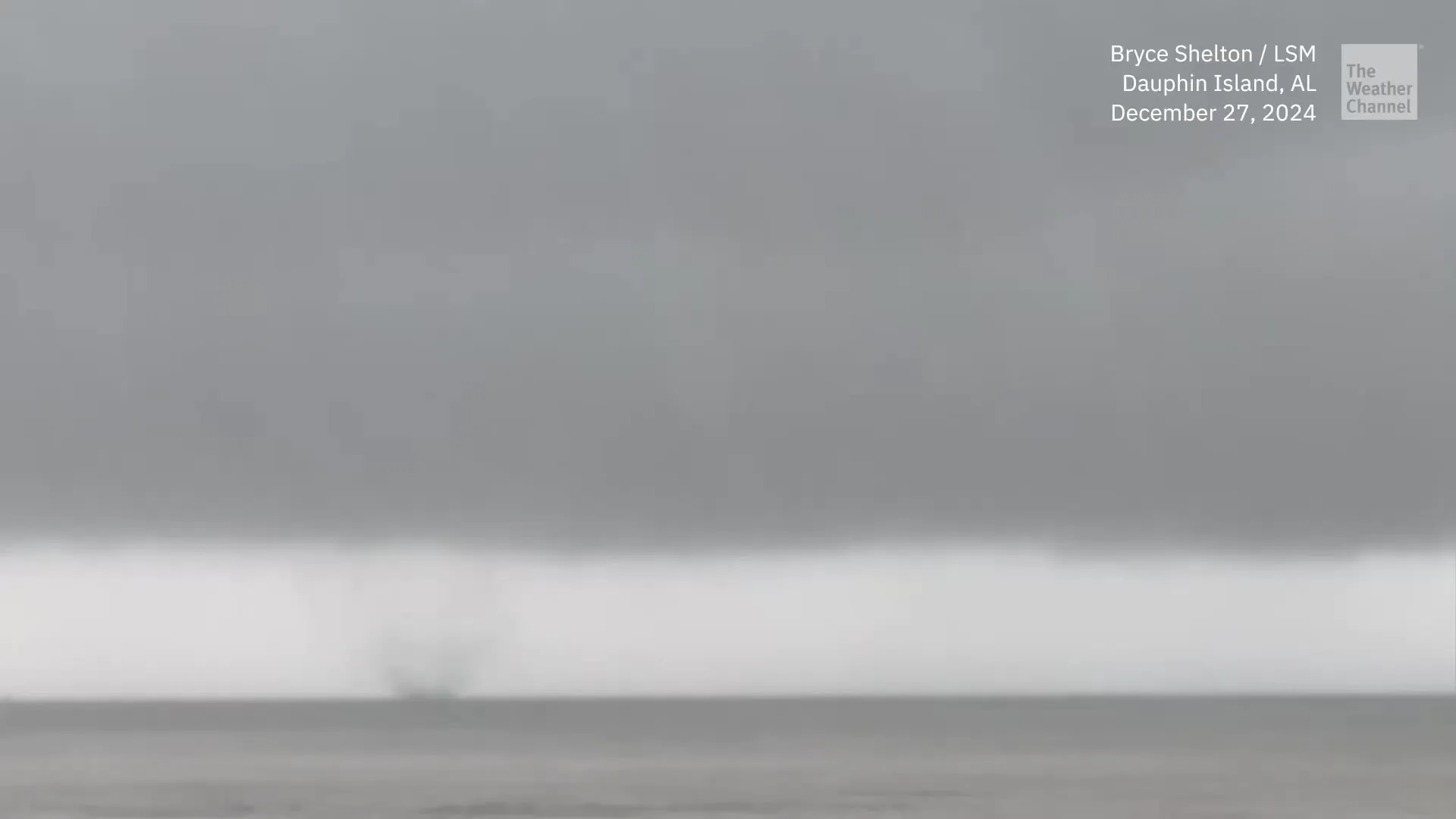Texas Tornadoes Strike Again: Are You Prepared for the Next Storm?
The Lone Star State faces another season of severe weather challenges, testing the resilience of its residents and emergency preparedness systems.
Texas continues to grapple with its notorious reputation as the tornado capital of the United States. With an average of 140 tornadoes annually, the state remains on high alert as severe weather patterns threaten communities across its vast landscape.
The Ongoing Tornado Threat
Recent reports have highlighted the increasing frequency and intensity of tornado events in Texas, Louisiana, and Mississippi. The National Weather Service (NWS) has been working overtime to track and warn residents about potential severe weather conditions.
Key Tornado Facts:
1. Winds can range from 75 to 300 miles per hour
2. Capable of causing catastrophic destruction
3. Most dangerous during spring and early summer months
“Every tornado is a potential life-threatening event,” says meteorologist Sarah Thompson. “Preparation can make the difference between life and death.”
Understanding Tornado Warnings
The NWS uses a critical system to alert residents:
– Tornado Watch: Conditions are favorable for tornado formation
– Tornado Warning: A tornado has been sighted or indicated by radar
Vulnerable Populations at Greatest Risk
Mobile home residents face the highest risk during severe weather events. Experts strongly recommend seeking shelter in sturdy buildings or designated storm shelters when warnings are issued.
Preparation is Key
Residents can take several crucial steps to protect themselves and their properties:
-
Create a Disaster Supply Kit
- Non-perishable food
- Water (one gallon per person per day)
- Flashlight and extra batteries
- First aid kit
- Battery-powered radio
-
Home Protection Strategies
- Trim trees near structures
- Reinforce garage doors
- Install storm shutters
- Secure outdoor furniture and objects
Recognizing Tornado Warning Signs
Nature often provides subtle warnings before a tornado strikes:
– Dark or green-tinted sky
– Large hail
– Loud roar similar to a freight train
– Rotating, funnel-shaped cloud
After the Storm
The danger doesn’t end when the tornado passes. Many injuries occur during cleanup due to:
– Falling debris
– Downed power lines
– Structural damage
Emotional Recovery
Tornado survivors often experience significant emotional distress. Community support and professional counseling can help individuals and families process their traumatic experiences.
Community Preparedness
Local governments play a critical role in tornado safety:
– Conducting emergency drills
– Providing community resources
– Developing comprehensive emergency response plans
Final Thoughts
Texas residents must remain vigilant and proactive. Stay informed, create emergency plans, and prioritize personal safety during severe weather events.
Recommended Resources:
– Local emergency management offices
– National Weather Service website
– Community emergency preparedness centers
Remember: When it comes to tornadoes, being prepared is not an option – it’s a necessity.
Disclaimer: This information is provided for educational purposes. Always follow official guidance from local emergency management authorities during severe weather events.






Leave a Comment